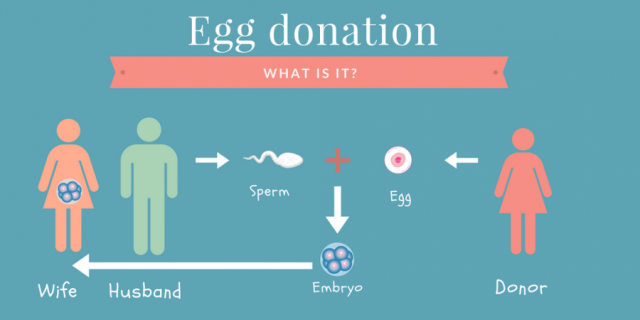A LONG-RUNNING mystery over the Easter Island’s iconic heads has finally be solved.
Experts have forever wondered how the ancient Rapa Nui people managed to move the giant statue carvings without the help of machinery hundreds of years ago.
3

3
Some wild theories over the years include the prospect of aliens putting them on the island with advanced technology.
Others believe they were moved lying prone on wooden devices.
But a group of determined scientists from Binghamton University in New York think they’ve worked out how such a feat was pulled off given the sheer number of statues there are and their sizeable weight.
There are more than 1,000 Moai statues on the Easter Islands.
Read more about Easter Islands
On average, they weigh 12 to 14 tons but the biggest go all the way up to 86 tons.
Experts used a combination of physics, 3D modelling and on-the-ground experiments to determine that the statues actually “walked” to their platforms.
Though not on their own, of course.
They found that using a little bit of rope and pulling in a zig-zag motion along carefully designed roads did the trick.
And it didn’t even require that many people to do it either.
“Once you get it moving, it isn’t hard at all – people are pulling with one arm,” explained Professor Carl Lipo.
“It conserves energy, and it moves really quickly.
“The hard part is getting it rocking in the first place.
“The question is, if it’s really large, what would it take?
“Are the things that we saw experimentally consistent with what we would expect from a physics perspective?”
As well as 3D models, the team built a 4.35-ton replica and tried it out with 18 people.
They were able to move them 100 meters in just 40 minutes.
“The physics makes sense,” Professor Lipo said.
“What we saw experimentally actually works.
“And as it gets bigger, it still works. All the attributes that we see about moving gigantic ones only get more and more consistent the bigger and bigger they get, because it becomes the only way you could move it.”
He added: “It shows that the Rapa Nui people were incredibly smart. They figured this out.
“They’re doing it the way that’s consistent with the resources they have.
“So it really gives honor to those people, saying, look at what they were able to achieve, and we have a lot to learn from them in these principles.”

3
Who are the Easter Island Tribe?

Known as the Rapa Nui, the indigenous people of Easter Island were believed to arrive on the remote island in the 10th century, where they thrived until the arrival of Europeans.
The Rapa Nui society had a high chief, as well as several chiefs across nine clans which ruled over the general population.
It is was previously believed that the decline of the Rapa Nui people prior to European arrival was caused by an over exploitation of the island’s environment.
The name Easter Island originated with the European explorer Jacob Roggeveen, who first saw the island on Easter Sunday, 1722.
It is famously known for the statues of heads, known as Moai that dot the island.
The moai represent ancestral chiefs who were believed to be descended directly from the gods and whose supernatural powers could be harnessed for the benefit of humanity.
The giant stone sculptures commonly weigh between 10 and 12 metric tons. Their average height is roughly 13 feet, but they range anywhere from 8 feet to 70 feet high.
UNESCO named Easter Island a World Heritage Site in 1995, with much of the island protected within Rapa Nui National Park.
Chile annexed Easter Island in 1888 and in 2007 the island gained the constitutional status of “special territory”.
Image credit: Getty









